The D-Day allied invasion of France, 1944, was an enormous logistical project which saw Essex overrun by military preparations to send off thousands of allied troops to the beaches of Normandy. Stansgate Abbey and Stone Point in the St. Lawrence area of the Dengie Peninsula are both sites home to little-known yet surviving ramps constructed in preparation for the D-Day landings; both under control by Nore Command operating fifteen sites across the Essex coast. Both consist of flat upper of large concrete slabs with a lower surface going out into the water consisting of many small concrete squares going into the water for added traction for the landing craft and vehicles. The Stansgate Abbey embarkation hard of four berths within Marconi Sailing Club is exposed and clearly visible. Metal anchoring rings can still be seen set into its surface. This was part of site ‘NM’. At the corner of the sailing club site along the seawall as a two-part concrete structure which appears to have had firing holes now sealed with concrete slabs. On the roof of the structure was a steel and concrete stud, possibly for a light anti-aircraft gun or searchlight. Its design is unusual but it is unclear if this was a pillbox or other structure. Associated ancillary buildings and roadways would’ve stood inland from the slipways.
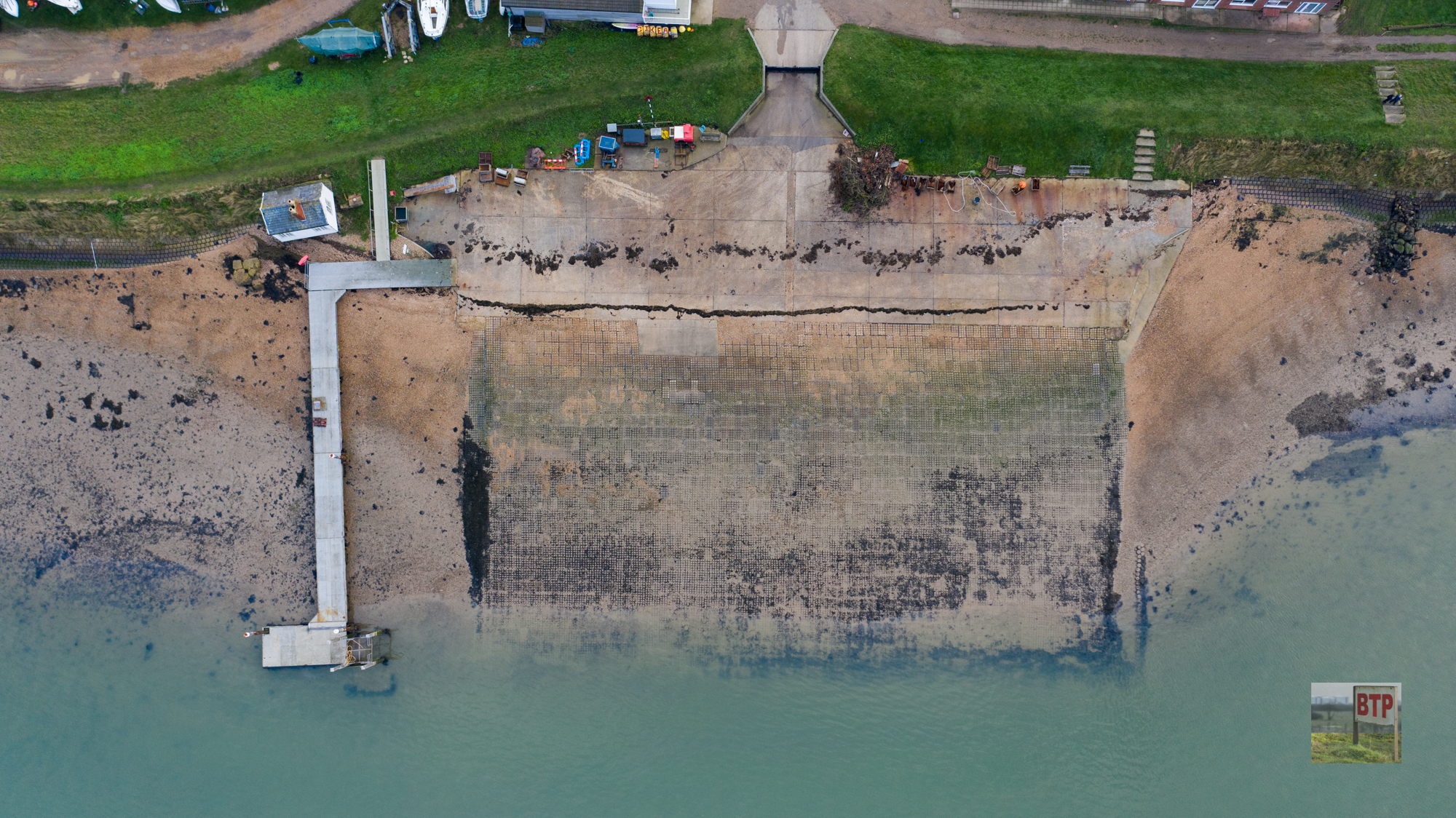
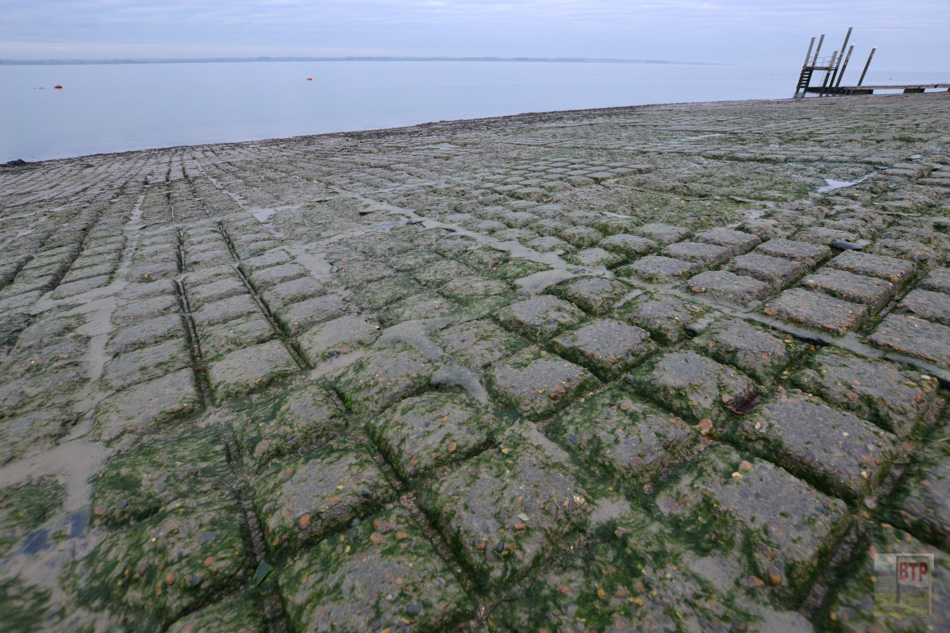
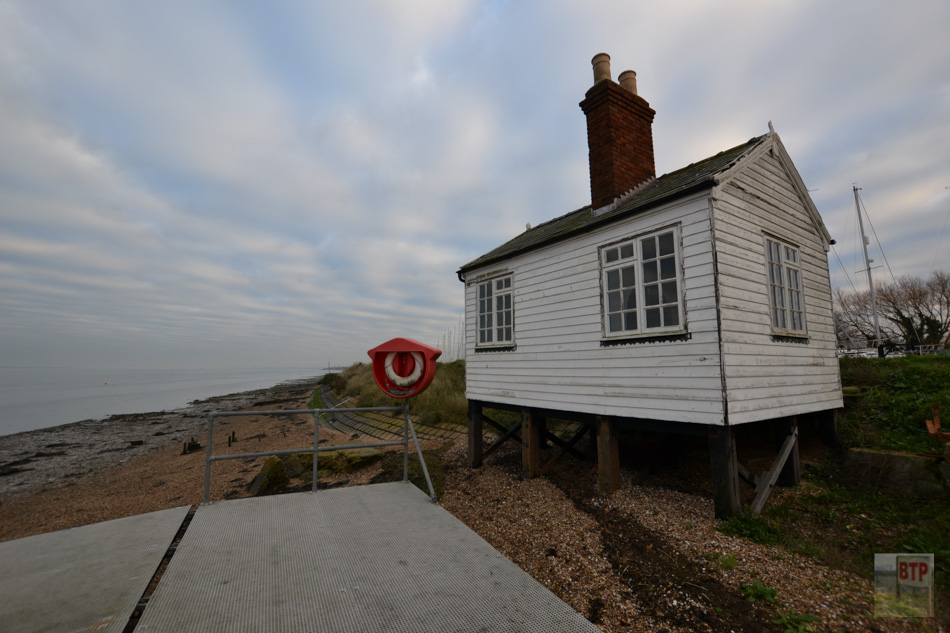
Just east along the coast at Stone Point, also part of a sailing club, is another embarkation hard ‘NS’ covered in sand. In the garden of one of the houses inland is a corrugated Nissen hut, although it has been suggested that this was constructed by a farmer in the 1950s to house pigs and chickens rather than to serve the D-Day operations. Both of the embarkation points would have been used in a ‘mini D-Day’ practise landing carried out with Royal Naval Beach Commandos embarking from the hards and landing along the shores of Osea Island opposite. Heavy vehicles, guns, and landing craft were used along with the firing of blank cartridges for full effect. Such exercises occurred every week, and the pillboxes along the Osea Wall were even used in the exercise to simulate Hitler’s Atlantik Wall across the French coast. The construction of the hards was set into motion in mid-1942; two years before the D-Day landings actually occurred.
Stansgate Abbey Hard
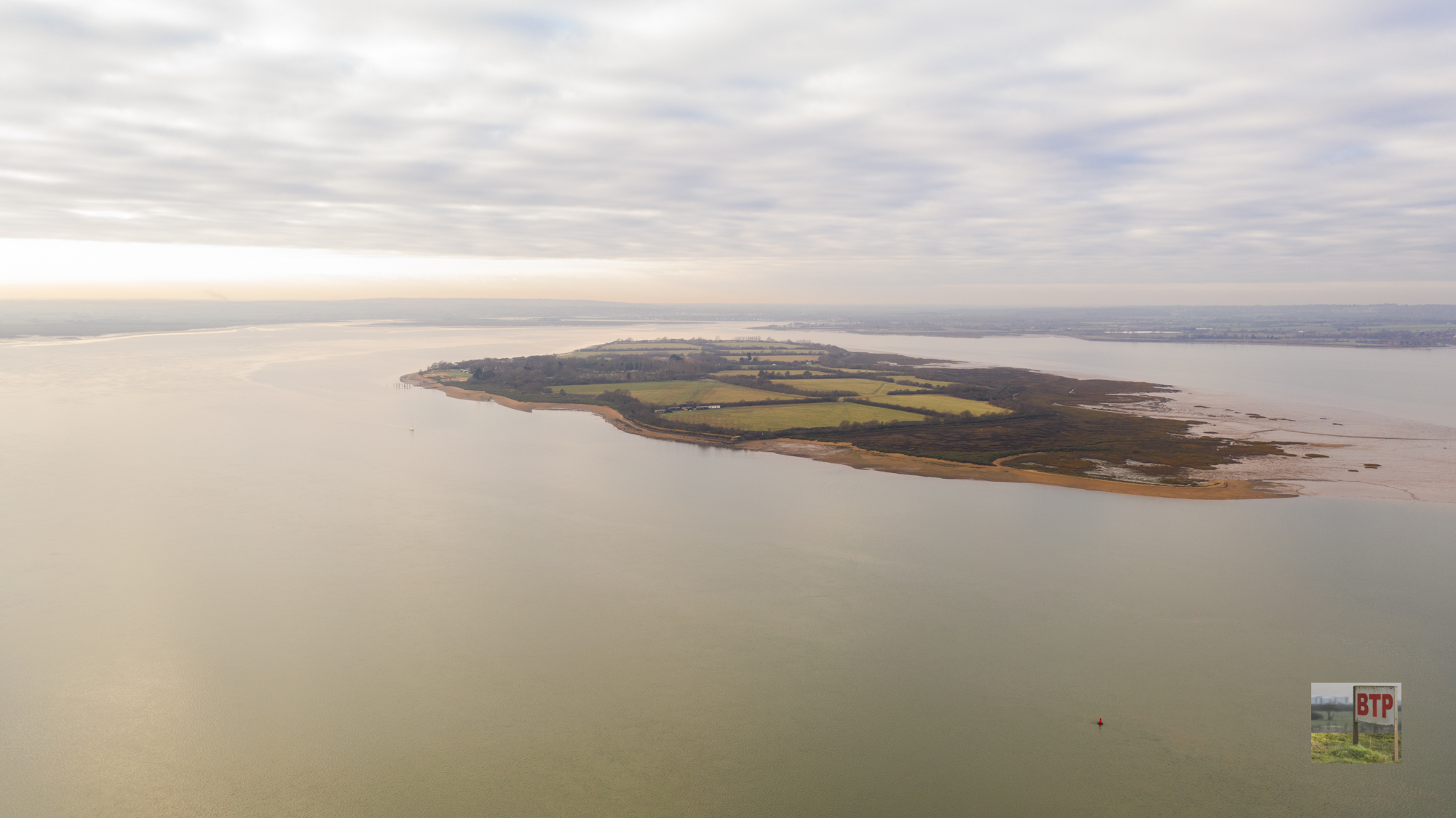
Osea Island – used for landing training 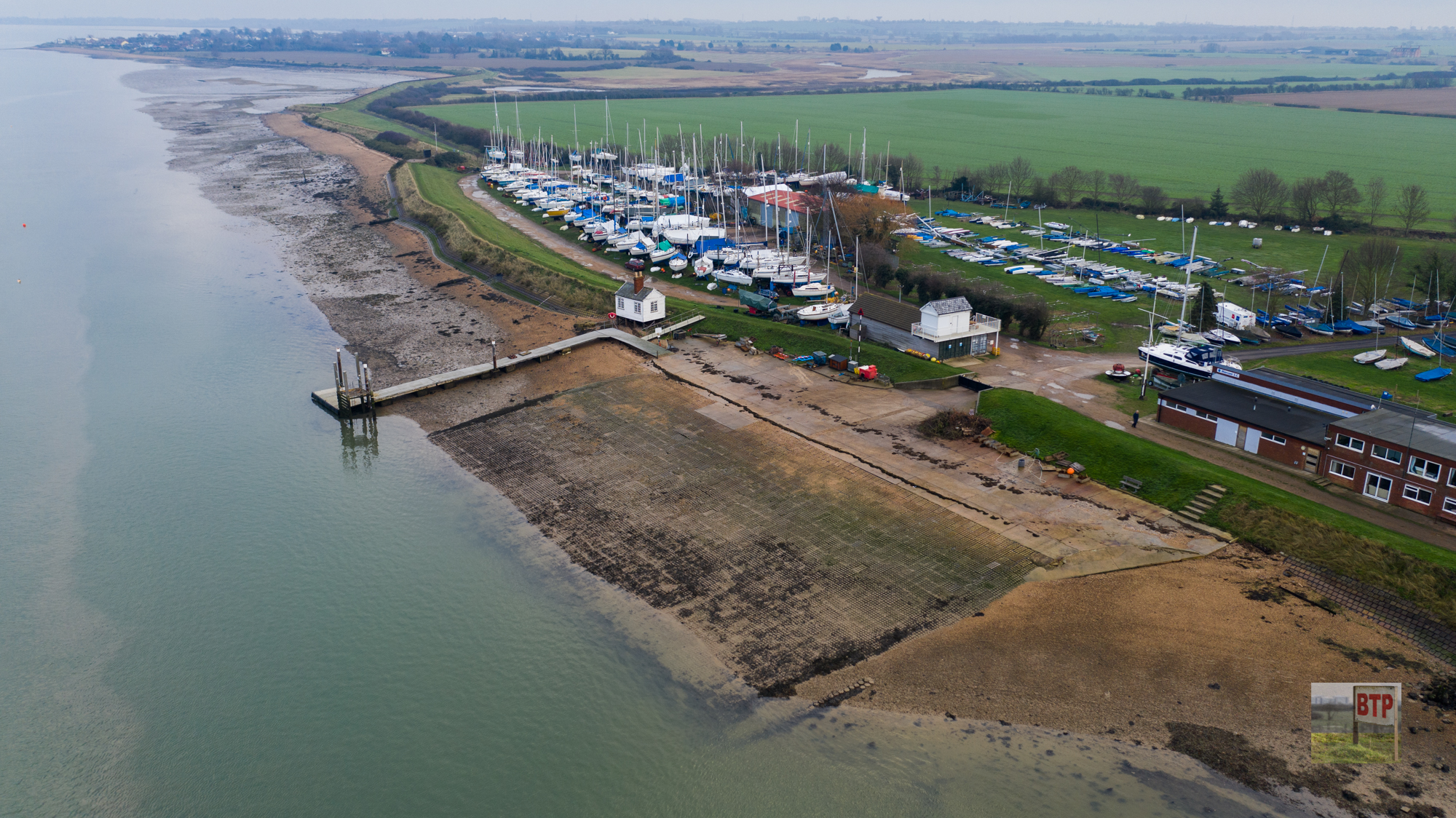
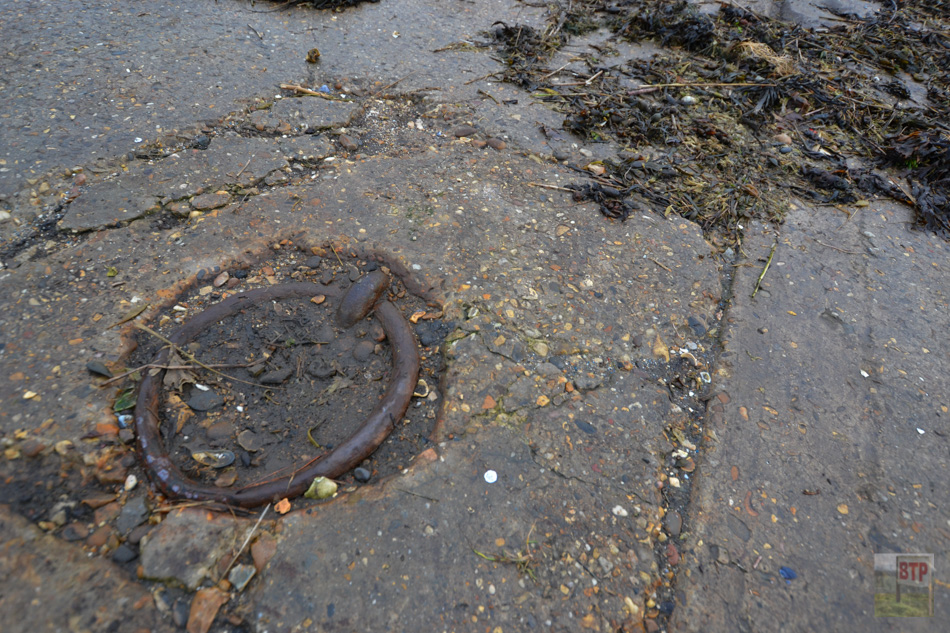
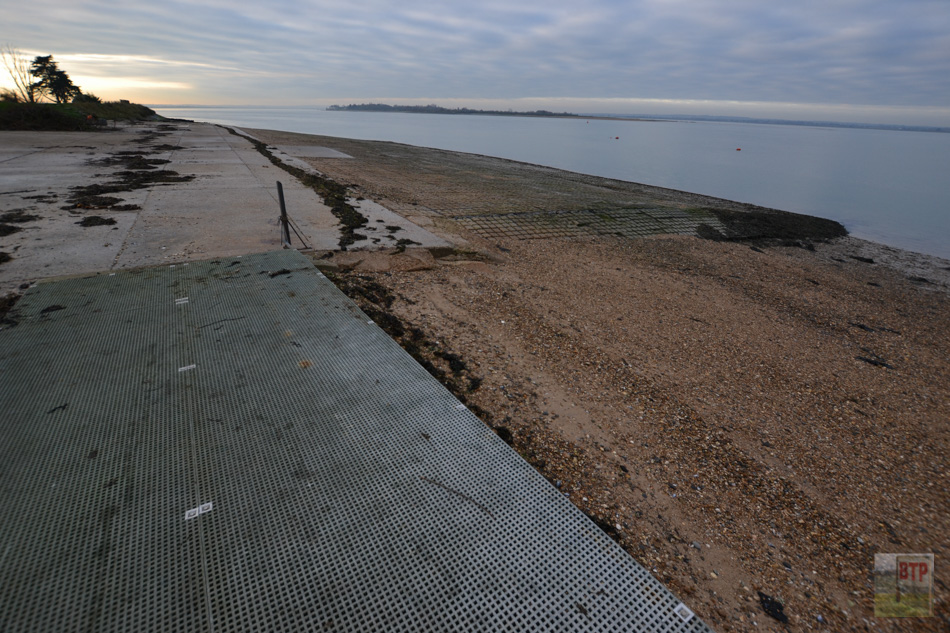
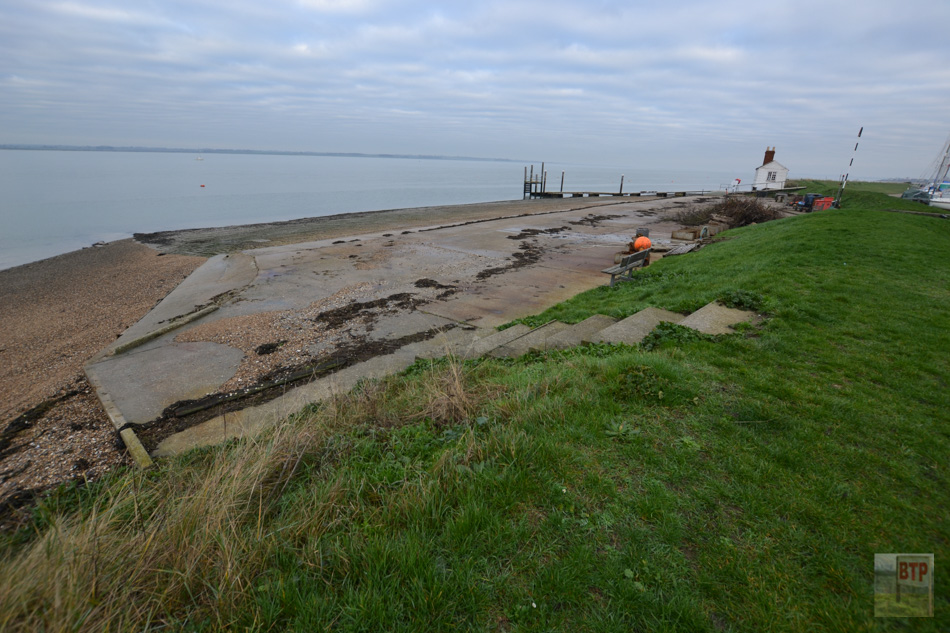
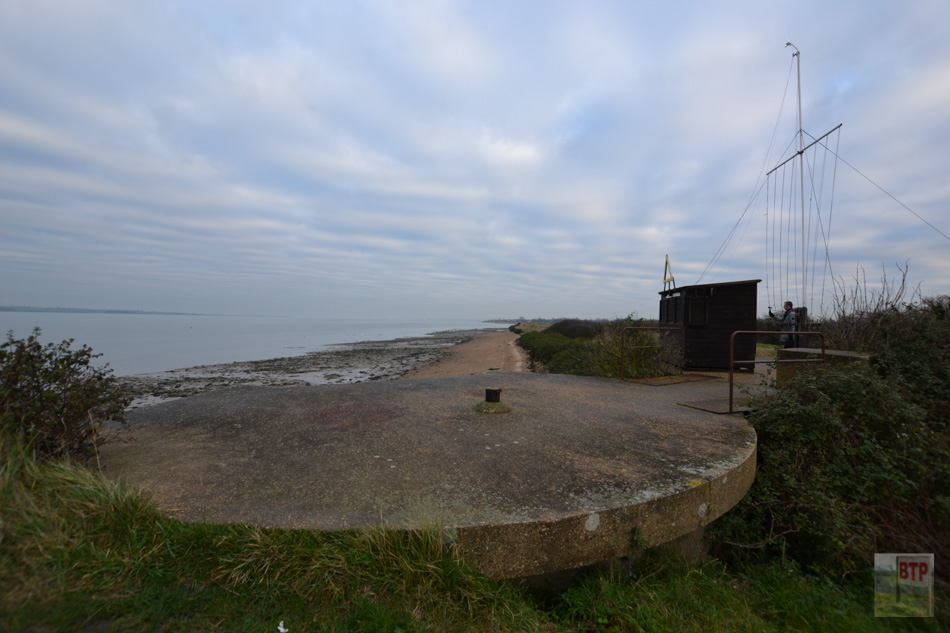

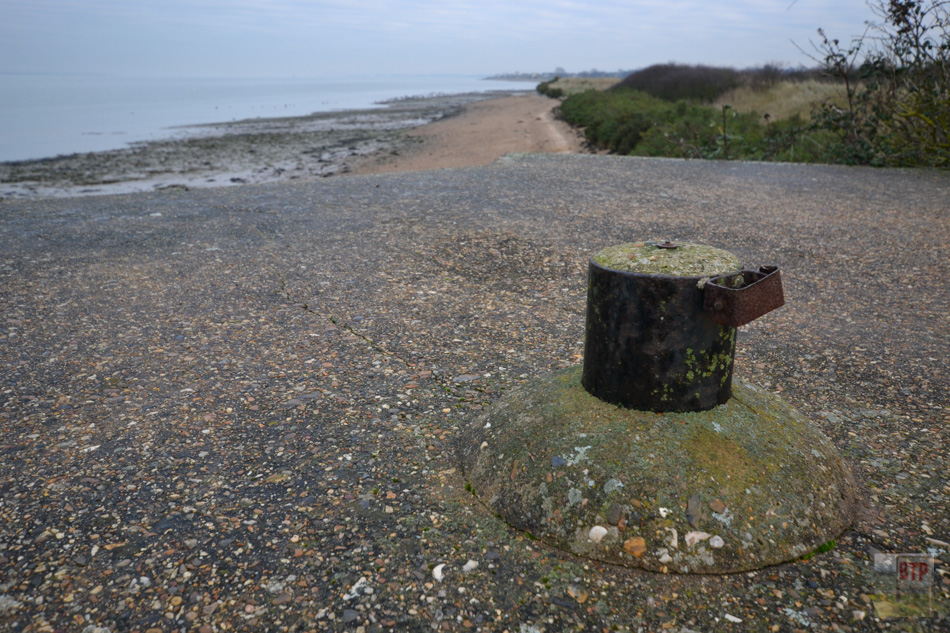
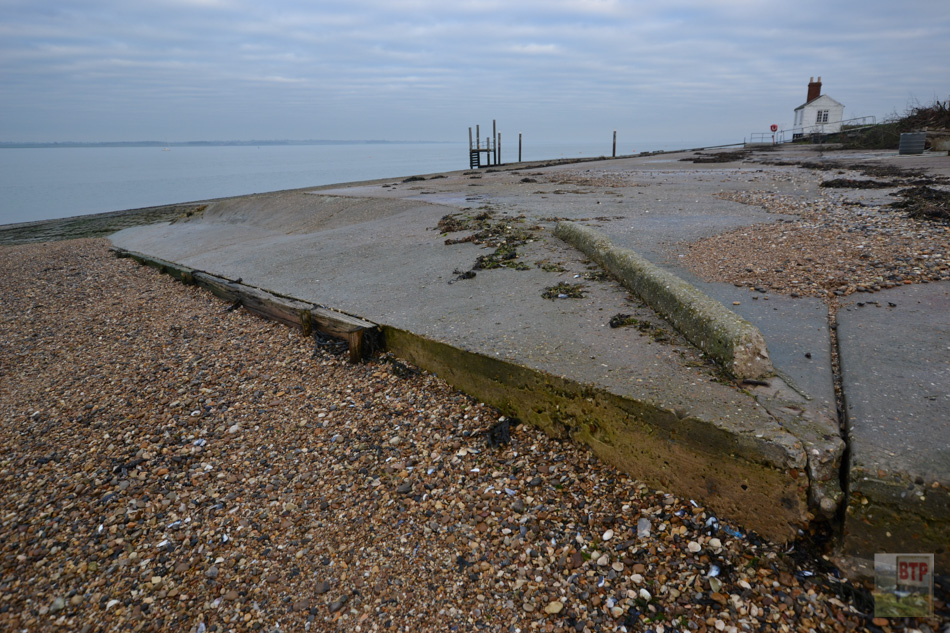
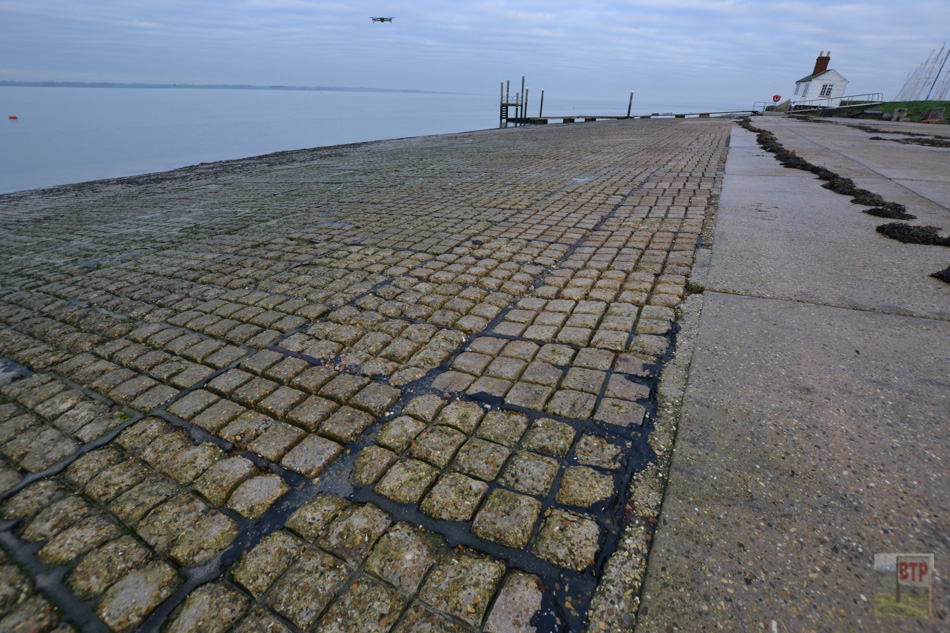
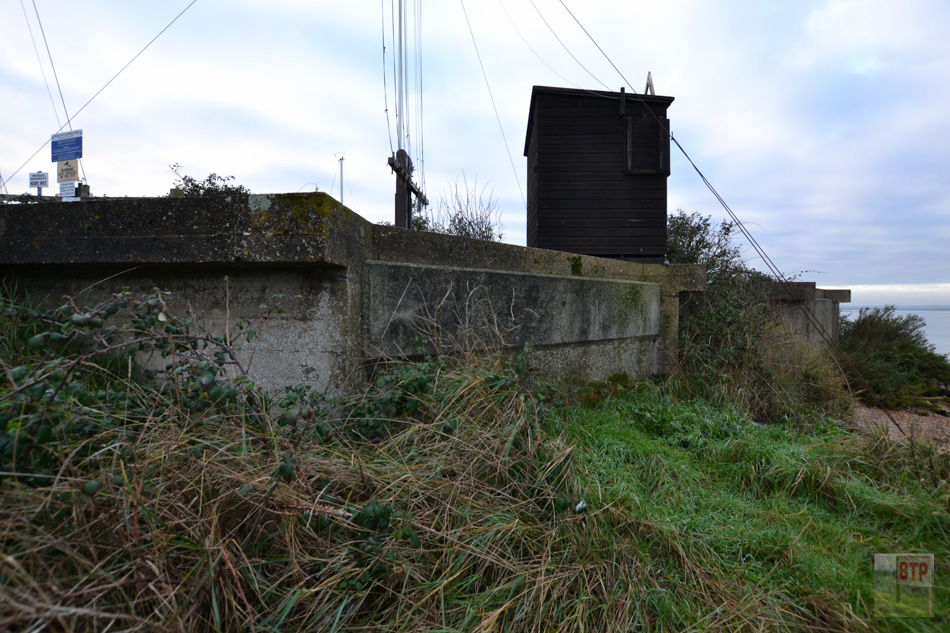
Some form of pillbox nearby
Stone Point Hard, St. Lawrence
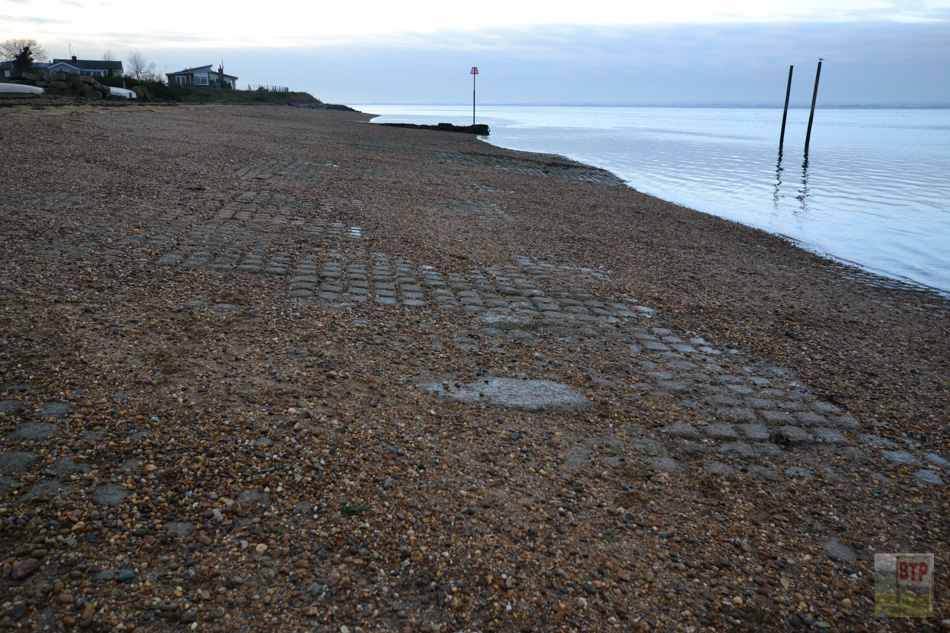
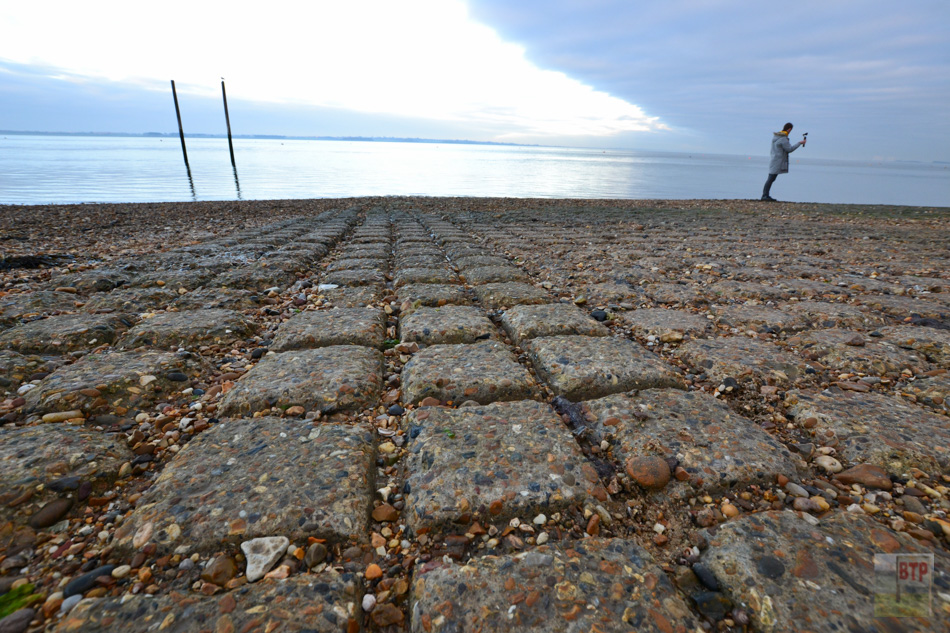
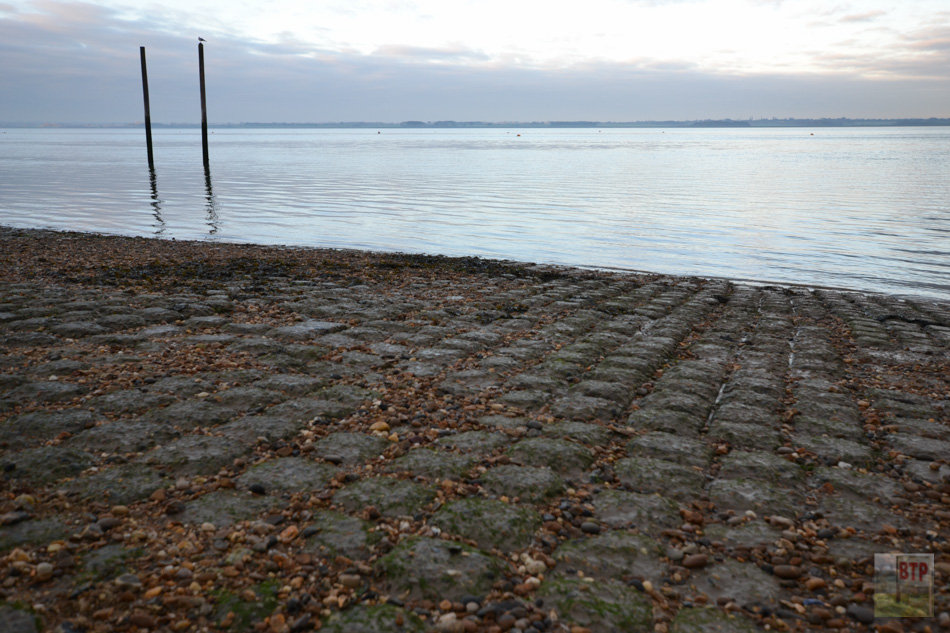
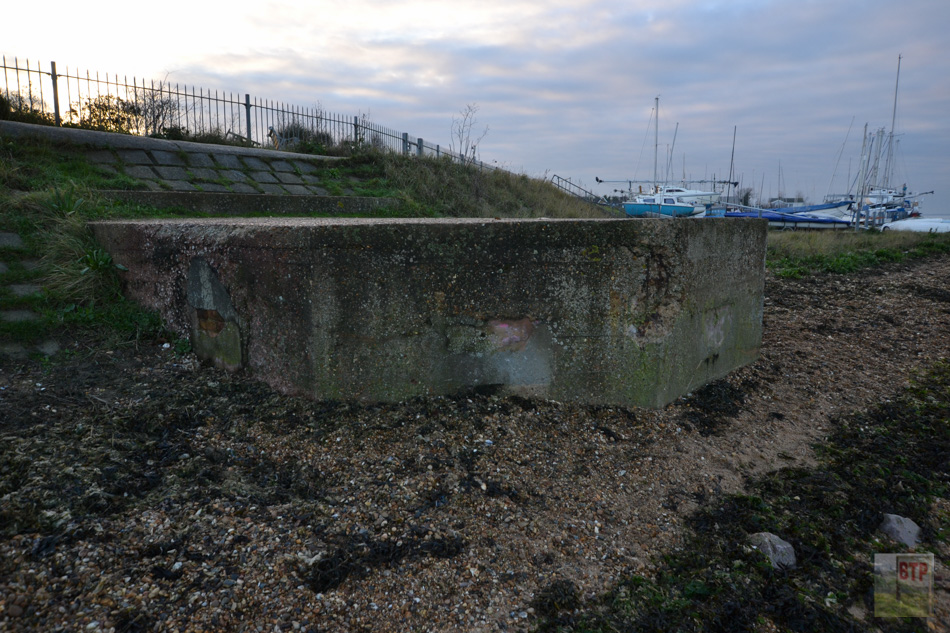
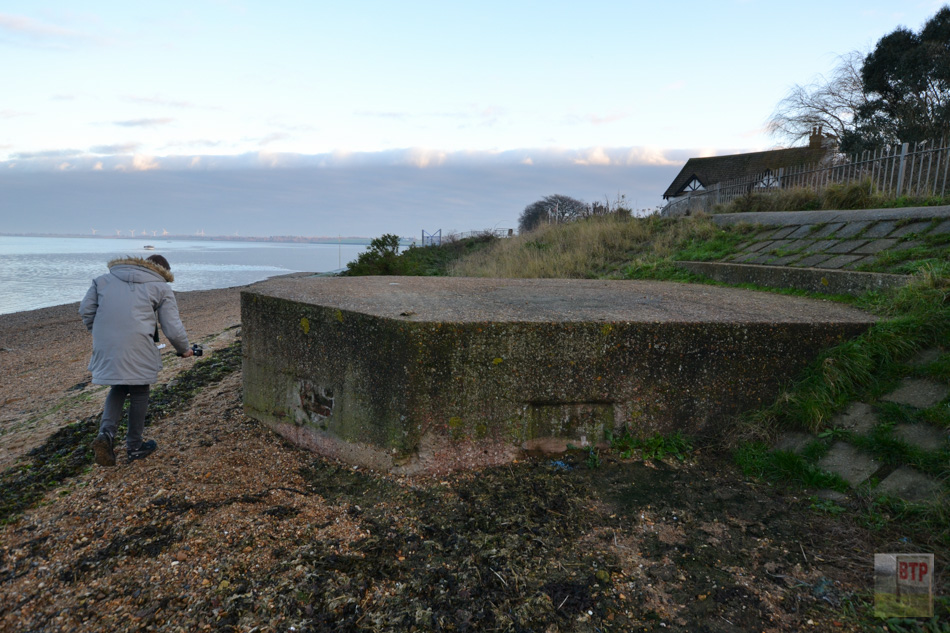
Nearby Essex Lozenge Pillbox
Sources:
http://www.worldwar2heritage.com/en/page/9069/179/D-Day-Embarkation-Hard-NS-Stone-Point



